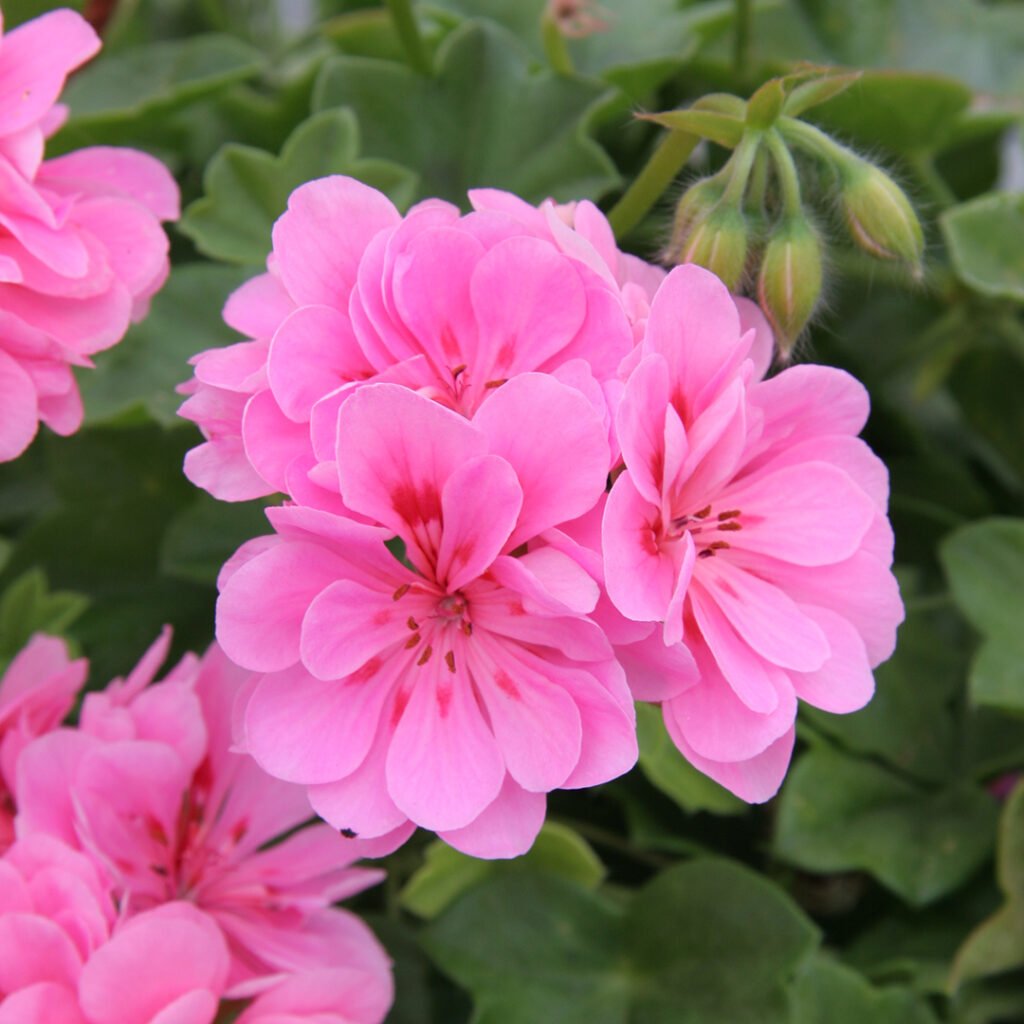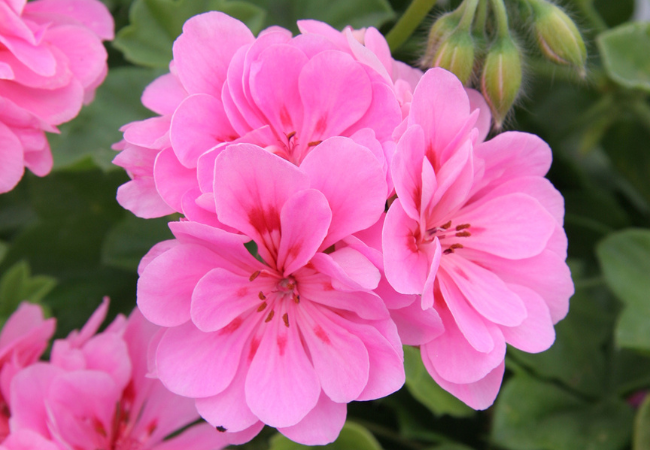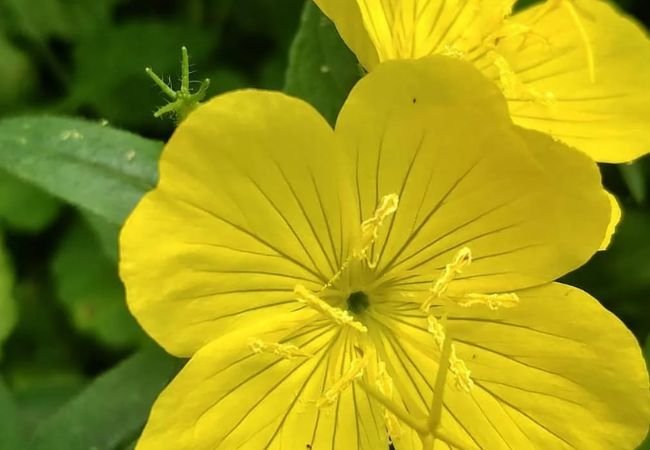Discover how to grow, care for, and enjoy geraniums (Crane’s-bill) with expert tips from Ashley Scott. Learn about their origins, flower colors, overwintering, and more!
Hi there! I’m Ashley Scott, a gardener with over 10 years of experience, and today I’m sharing everything you need to know about geraniums—those vibrant, hardy plants that light up gardens, pots, and hanging baskets. Whether you call them geraniums or Crane’s-bill (their botanical nickname), these plants are a must-have for any garden. Let’s dive into their origins, care tips, and secrets to keeping them blooming year after year.
What Are Geraniums?

Geraniums, scientifically part of the Geranium genus, are often confused with their lookalike cousins, Pelargoniums (the common “zonal geraniums” sold in nurseries). True geraniums, or Crane’s-bill, get their name from their seed pods, which resemble a crane’s beak . These perennials are hardy, deer-resistant, and thrive in USDA zones 3–9, making them versatile for gardens across the U.S.
Key Traits:
- Flower Colors: Pink, purple, blue, white, and red (like the stunning Geranium sanguineum ‘Bloody Cranesbill’) .
- Growth Habit: Low-growing, spreading foliage with delicate cup-shaped blooms.
- Lifespan: Many varieties return yearly, especially with proper overwintering.
How to Grow Geraniums: Planting and Care Tips
1. Do Geraniums Need Full Sun?
Geraniums love sunlight but tolerate partial shade. Aim for 6–8 hours of daily sun for maximum blooms. In hot climates, afternoon shade prevents leaf scorch .
2. Planting Geraniums in the Ground
- Soil: Well-draining, slightly acidic soil (mix in compost for nutrients).
- Spacing: 8–12 inches apart to allow airflow .
- Depth: Plant at the same level as their nursery pot to avoid stem rot.
Pro Tip: Pair geraniums with roses or cabbage to repel pests like Japanese beetles naturally .
3. Caring for Geraniums in Pots
- Soil Mix: Use equal parts potting soil, peat, and perlite .
- Watering: Let the top inch of soil dry between waterings. Overwatering causes root rot!
- Fertilizer: Feed every 4–6 weeks with a balanced 10-10-10 formula .
For more on container gardening, check out my guide to choosing the best pots for geraniums.
How to Propagate Geraniums from Cuttings
Want free plants? Here’s my go-to method:
- Take Cuttings: Snip 4–6″ healthy stems in spring or summer.
- Rooting: Remove lower leaves, dip in rooting hormone (or use banana peel tea for a natural boost ), and plant in moist soil.
- Care: Keep in bright, indirect light until roots form (2–3 weeks) .
Keeping Geraniums Blooming All Season
1. Deadheading
Remove spent blooms weekly to encourage new flowers. Snip just above the first set of leaves .
2. Natural Fertilizers
- Banana Peel Tea: Soak peels in water for 24 hours; use weekly for potassium .
- Eggshells: Crush and sprinkle for calcium—prevents weak stems!
3. Pruning
Cut back leggy stems in early spring and after summer blooms for bushier growth .
Overwintering Geraniums: Do They Come Back Every Year?
Yes! In colder zones, geraniums can survive winters with these steps:
- Dig Up Plants: Before frost, trim stems to 6 inches and shake off soil.
- Store Indoors: Keep in a paper bag in a cool, dark place (50–60°F) .
- Replant in Spring: After the last frost, reintroduce them to sunlight.
For a detailed overwintering plan, visit my winter care guide.
Common Questions Answered
Are Geraniums Toxic to Dogs?
Yes. The ASPCA lists geraniums as mildly toxic to pets. Keep them out of reach .
Best Varieties for Your Garden
- ‘Rozanne’: Violet-blue blooms that last from spring to fall.
- ‘Johnson’s Blue’: A classic with sky-blue flowers .
- ‘Bloody Cranesbill’: Deep red blooms for bold color .
The History of Geraniums: From Africa to Your Backyard
Geraniums originated in South Africa but spread globally through trade. The Pelargonium genus (often sold as “geraniums”) became popular in Europe in the 17th century for their aromatic leaves and bright flowers 6. True Geranium species, like Meadow Crane’s-bill, are native to Europe and Asia .
Final Thoughts
Geraniums are more than just pretty flowers—they’re resilient, easy to grow, and perfect for gardeners of all levels. Whether you’re planting them in pots, borders, or hanging baskets, these plants will reward you with color and charm. For more inspiration, explore my favorite companion plants for geraniums.
Happy Gardening!
– Ashley Scott






